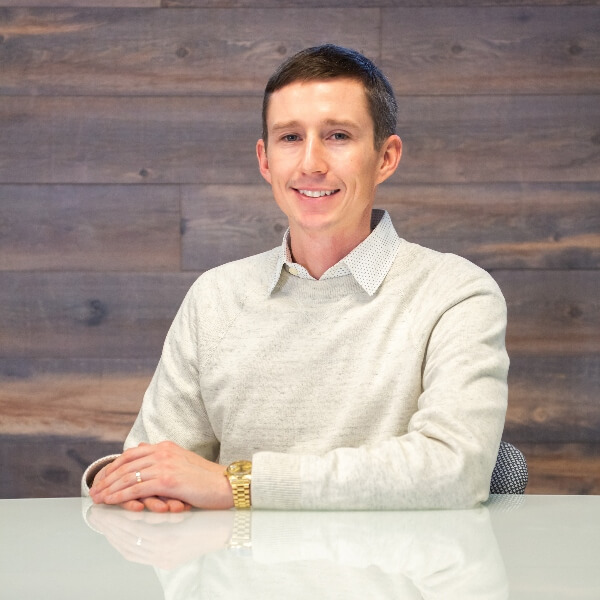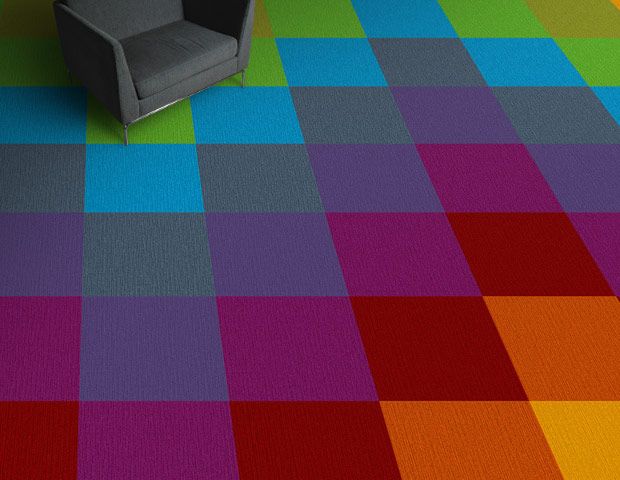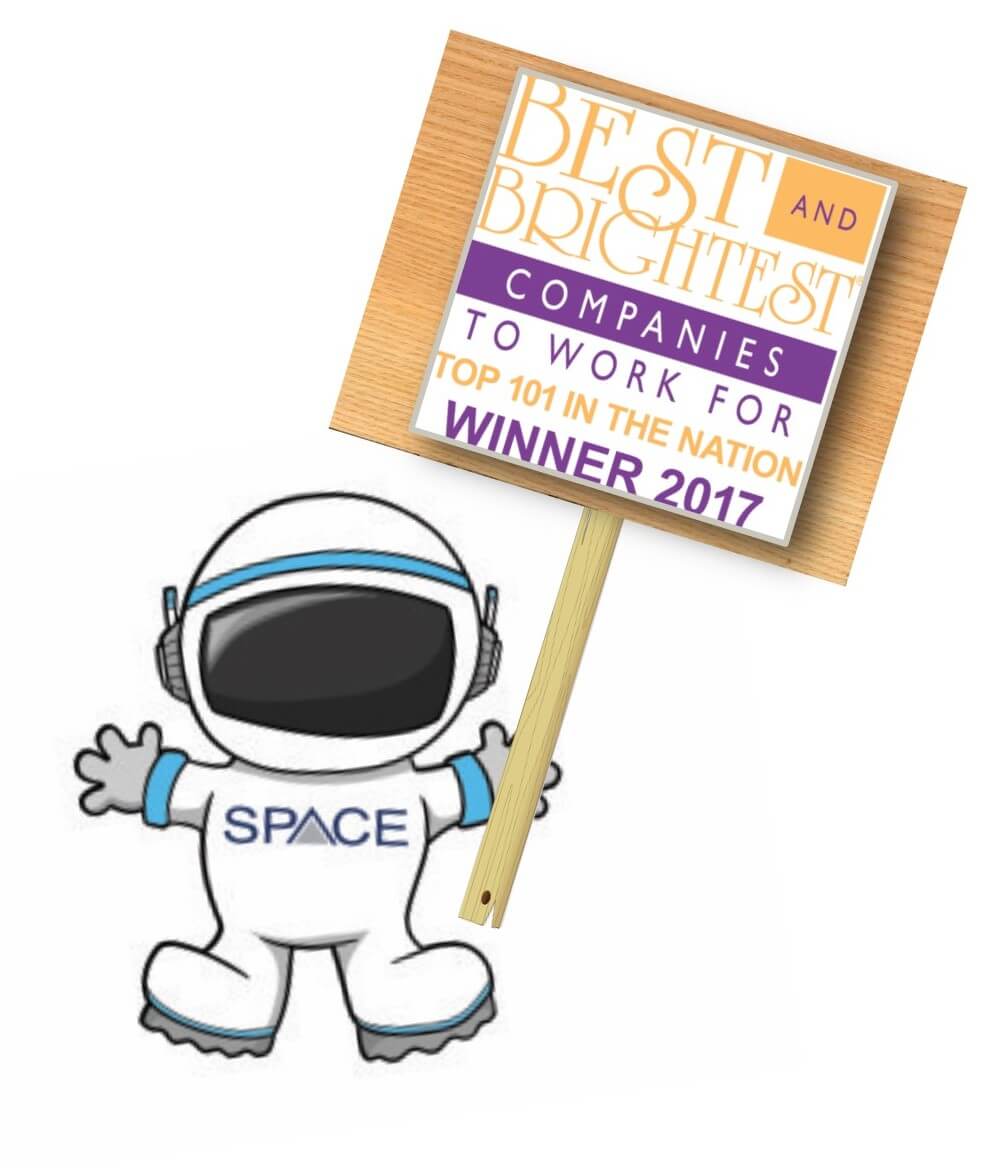How Alan Ott became my mentor
Alan Ott was a lot of things to a lot of people. But for me, he was a trusted mentor and friend.
Mr. Ott served as Chemical Bank’s fifth president, CEO, and chairman of its board—leading the organization to acquire 17 community banks across Michigan’s lower peninsula. He volunteered with many Midland organizations, forged strong relationships with business leaders and philanthropists, and aimed to make Midland “the best town in America.”
With his vast array of connections and his leadership, Alan truly guided our community. It’s amazing how he could build consensus between different groups. And everyone who really wanted to help the community stopped by his office to share ideas and requests.
In 2001, I asked Mr. Ott to help me better understand the financial side of running a small business. I vividly remember the first time I sat down with him—he glanced at my financial statements for about 45 seconds before asking me a handful of questions. I couldn’t answer a single one.
From that point, I met with Mr. Ott monthly for several years. He would point out critical numbers on my income statement or balance sheet, ask about my business strategies for improving them and, over time, gave me the ability to understand how I could interpret the numbers to create a more sustainable business—on purpose.
By the third year of receiving his mentorship, I was beginning to catch on. And in the fourth year, I could ask the questions myself.
That gift of learning how to lead my own business and understand financial literacy myself is something I couldn’t possibly repay him for.
For 20 years, we met often—and I benefited from his sage wisdom. He taught me due diligence and how to mitigate risk. He never once told me how to do something, but always asked me to share my perspective and solutions—an uncommon approach at the time. I am incredibly grateful for the huge time commitment he gave me and for the safe environment he created for me to learn in.

“When things are bad, there’s one thing you can always do: work harder.”
Alan Ott
Alan Ott’s legacy continues in SPACE’s new brand
After he retired Mr. Ott had a wonderful office in the Rollin M. Gerstacker Foundation that looked out at Curry Bridge. He wanted that bridge to be painted red, similar to the beautiful red bridges in Dow Gardens. And, true to form, Mr. Ott got that bridge painted a lovely red—and it made him very happy.
As SPACE began our rebranding process, we wanted our company to reflect our Midland community and the mid-century modern color palette so prevalent in the Alden B. Dow architecture Midland is famous for.
We hoped to use an orange/red hue, so popular in mid-century modern design. With the help of graphic designer Kallee Hobohm, we decided to create our own color formula and christen it “Ott Red.”
We couldn’t think of a better way to honor the memory of a wonderful man that embodied both our Midland heritage and a love of all things red.
We hope you like it, Mr. Ott.












 In the construction and design world, everyone knows the main phases of a typical project: Pre-Design, Design, Procurement, Construction, Post-Construction.
In the construction and design world, everyone knows the main phases of a typical project: Pre-Design, Design, Procurement, Construction, Post-Construction.



